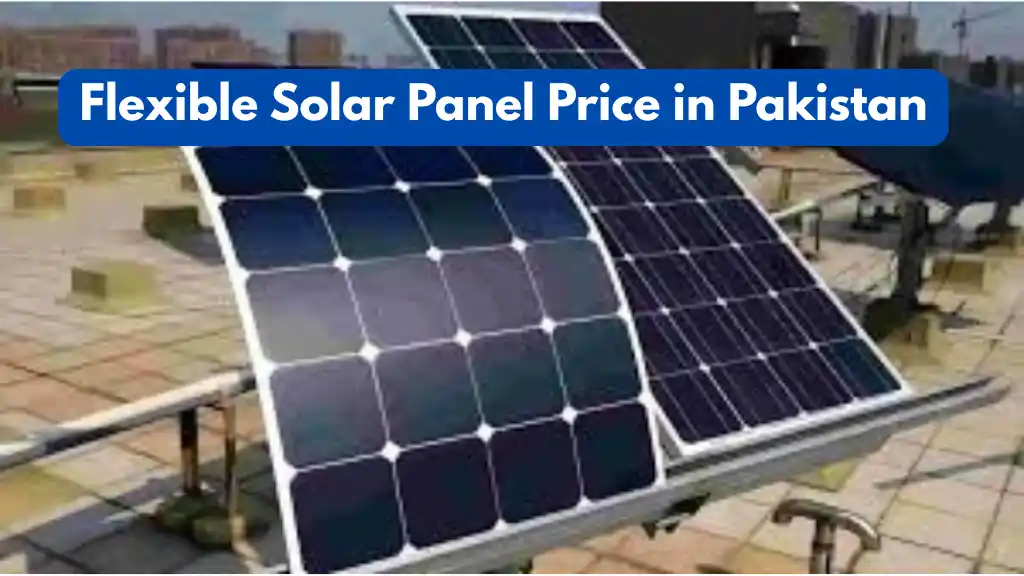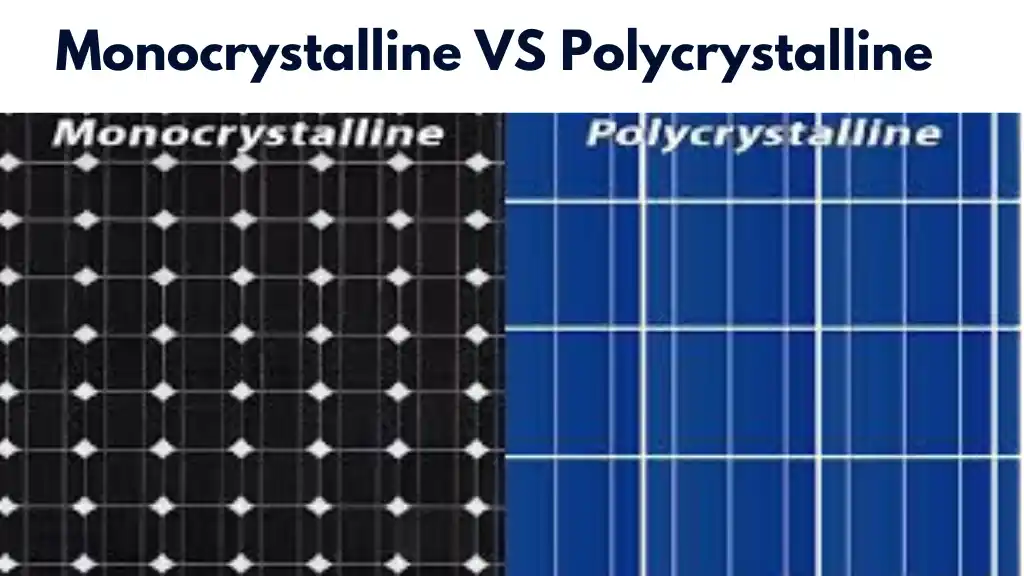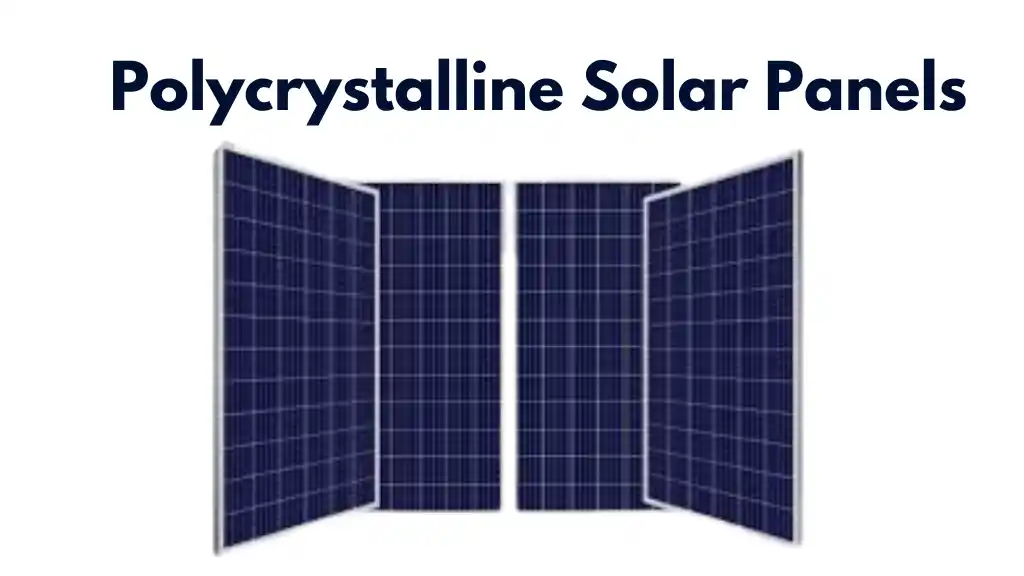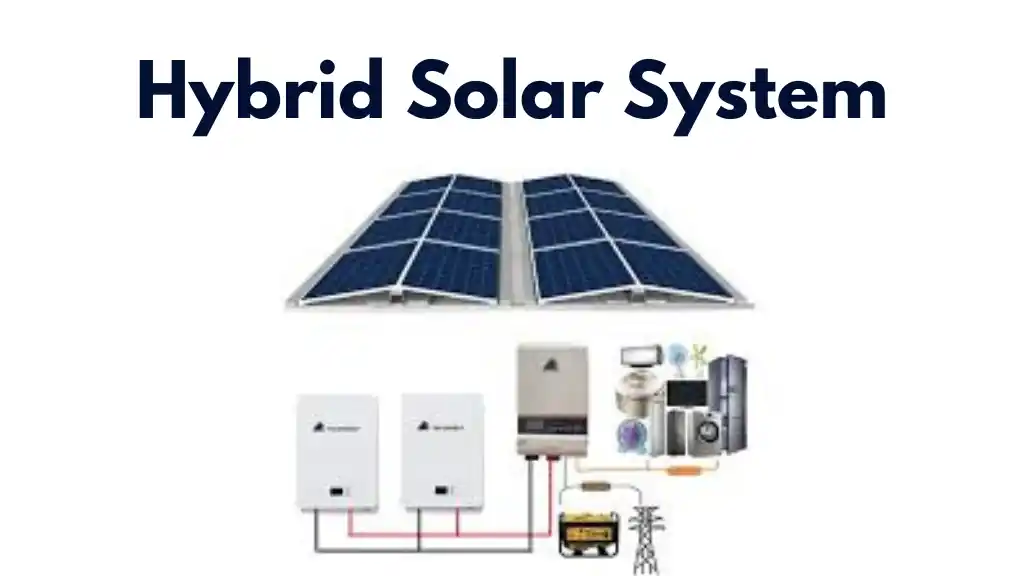On Grid Solar Systems Explained: How They Work & Why They Save Money
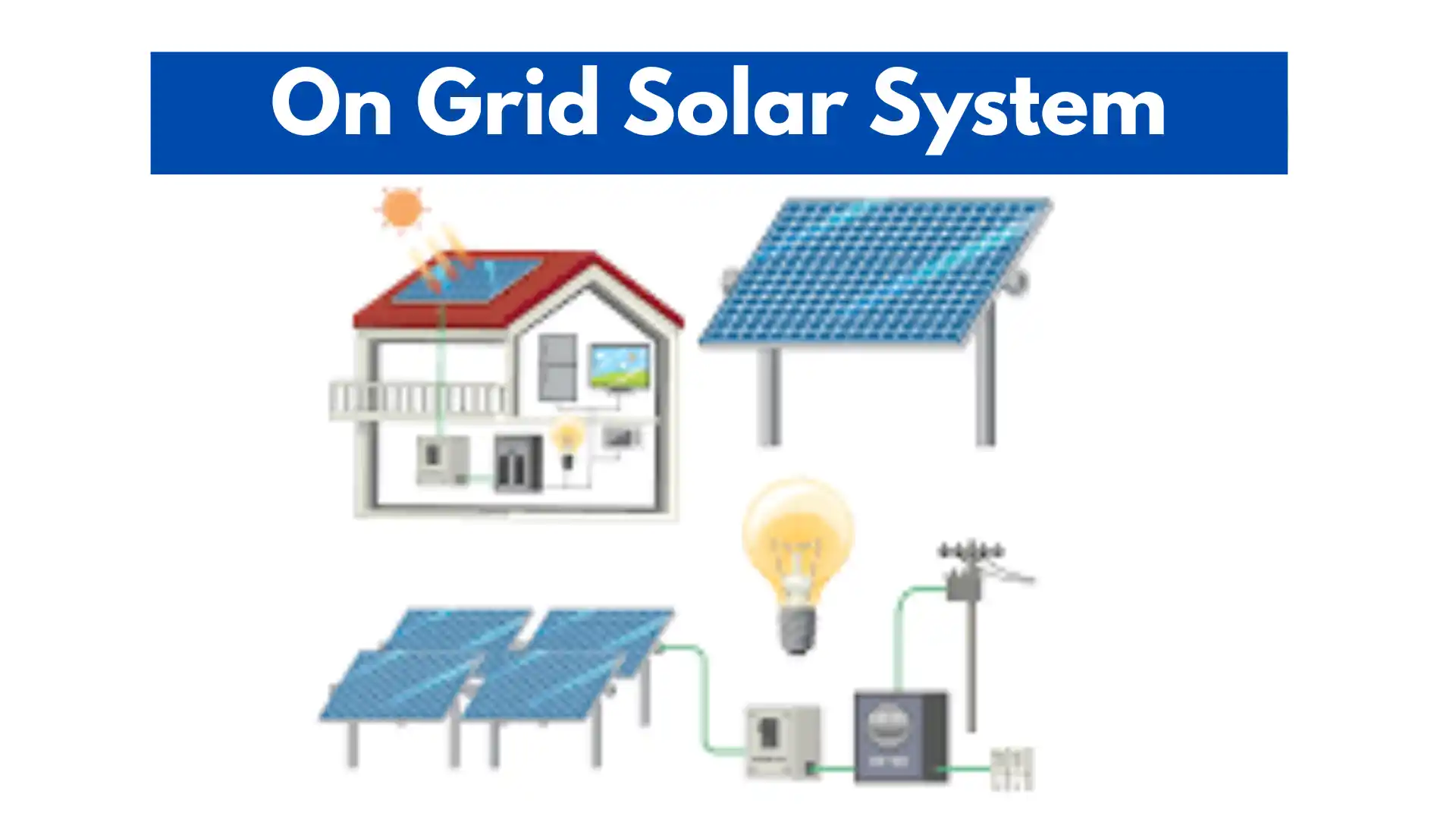
In Pakistan, where energy shortages and rising electricity costs are a constant challenge, on-grid solar systems offer an innovative solution. On grid solar systems, also known as grid-tied systems have changed the way we think about energy consumption. These systems are connected to the public electricity grid and use solar panels to generate power for your home or business.
Unlike off-grid systems, they eliminate the need for expensive battery storage. That’s why these are a cost-effective choice for all users. The price of an on-grid solar system can vary based on the system’s capacity and type. A 10KW system is more expensive than a 5KW system. A 5KW solar system is also more expensive than a 1KW system and 2KW system. In this article, we’ll explore everything you need to know about on grid solar systems.
What is an On-Grid Solar System?
An on grid solar system, also known as a grid-tied or grid-connected solar system, is a solar power setup that operates in conjunction with the local electrical grid. This type of system allows users to generate electricity from solar panels while maintaining a connection to the utility grid. It enables them to consume electricity and send any surplus back to the grid.
Components of on grid solar systems
They consist of several key components that work together to utilize solar energy and supply electricity to the grid. Here are the primary components:
Who Should Use Them in Pakistan?
They are an effective solution for various groups looking to utilize solar energy and reduce electricity costs. Here are the primary users who can benefit from these systems:
Homeowners with High Electricity Bills
Businesses and Commercial Establishments
Environmentally Conscious Individuals
Property Owners Looking to Increase Property Value
Those Eligible for Net Metering
Users with a Limited Budget for Batteries
How Do On-Grid Solar Systems Work in Pakistan?

The process of on-grid solar systems is simple. These systems utilize sunlight to generate electricity while remaining connected to the public electricity grid. The process begins with solar panels, which are installed on rooftops or open grounds. These panels utilize sunlight and convert it into direct current (DC) electricity.
This electricity is sent to an inverter. The inverter plays a vital role by converting the DC electricity into AC electricity. During the day, when the solar panels are producing electricity, this energy is first used to power the home or business.
If the system produces more electricity than is being consumed, the extra energy is not wasted. The system sends it back to the grid by net metering. Net metering allows users to earn credits for the excess energy they export to the grid.
At night or during cloudy weather when the solar panels are not producing enough electricity, home or business automatically draws power from the grid. This process provides a continuous power supply without battery storage.
Benefits of On-Grid Solar Systems in Pakistan
On-grid solar systems have a lot of advantages for users in Pakistan.Here are the key benefits of these systems in Pakistan:
Cost of On-Grid Solar Systems in Pakistan in 2025
The cost depends on its size, component quality, and installation complexity. Below are estimated prices for common system sizes:
5kW On-Grid Solar System Price in Pakistan
Price: The starting cost for a 5kW on-grid solar system is approximately PKR 780,000. This price includes:
A 10kW inverter (brands like Goodwe or Solis)
Roof-mounted L2 structure
Installation charges
Monthly Production: This system can produce around 570 units of electricity per month.
10kW On-Grid Solar System Price in Pakistan
Price Range: The cost for a 10kW solar system ranges from PKR 1,200,000 to PKR 1,700,000, depending on the quality of components and installation specifics.
Specifications: This system is designed to meet higher energy demands and can reduce electricity bills through net metering.
What Affects the Cost of On-Grid Solar Systems?
Several factors influence the overall cost of an on-grid solar system in Pakistan:
Solar Panel Quality and Efficiency
Tier-1 Panels: High-efficiency panels (e.g., Longi, JA Solar, Canadian Solar) cost more but offer better performance and durability.
Local Panels: Lower-cost options are available but may have lower efficiency and shorter lifespans.
Inverter Type and Brand
Hybrid Inverters: High-quality inverters (e.g., Huawei, Growatt, Solis) are more expensive but ensure reliable performance.
Standard Inverters: More affordable but may have fewer features and a shorter lifespan.
Installation Complexity
Roof Type: Installation costs vary depending on whether the roof is flat, sloped, or requires reinforcement.
Shading and Space: Additional labor may be needed to optimize panel placement and avoid shading.
Net Metering Setup
Bi-Directional Meter: Costs for installing a net metering-compatible meter and obtaining approvals also influence the price.
Expected Trends in 2025
Declining Solar Panel Prices: As solar technology advances and production scales up, the cost of solar panels is expected to decrease further.
Increased Efficiency: Higher-efficiency panels and inverters will become more affordable, allowing for better performance at lower costs.
Expansion of Net Metering: Wider adoption of net metering policies will make on-grid systems even more financially attractive.
Local Manufacturing: Growth in local solar panel and inverter manufacturing could reduce costs and improve accessibility.
Conclusion
On-grid solar systems are an excellent way to save money and reduce electricity costs.They offer significant savings on electricity bills, reliable power, and environmental benefits. Homes with on-grid solar systems have great market value. Now it is the perfect time to switch to solar energy.

